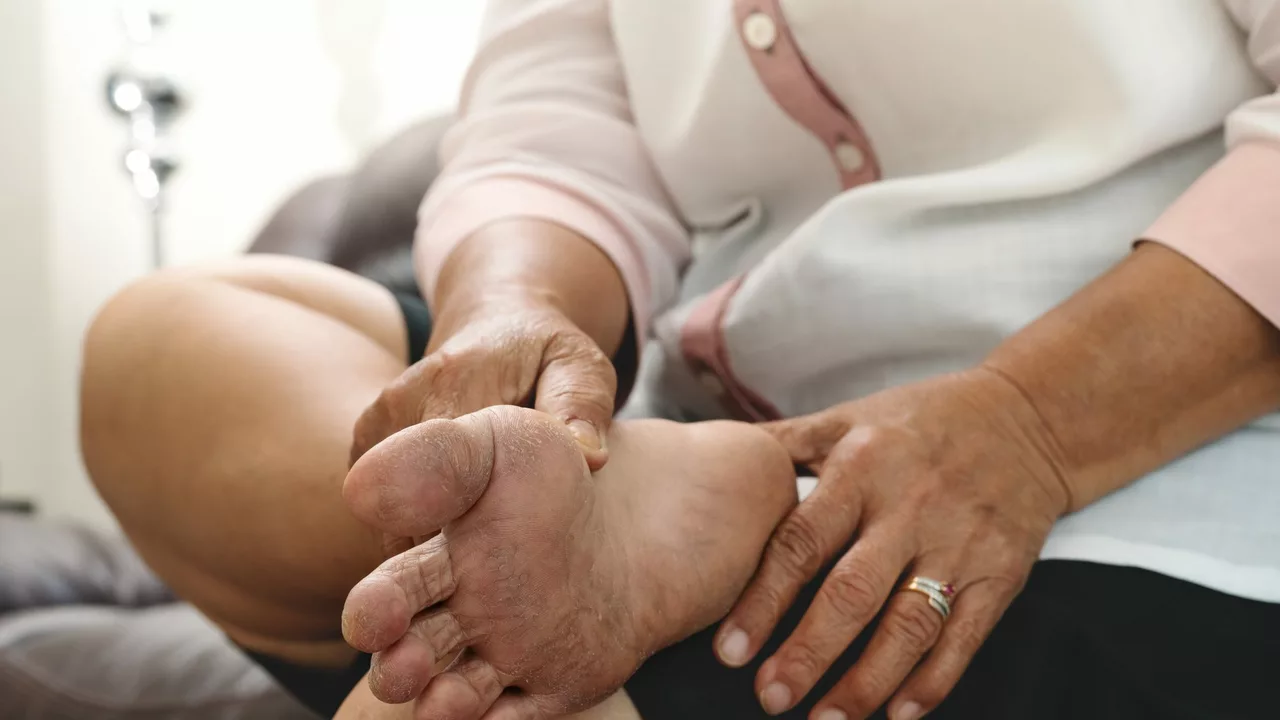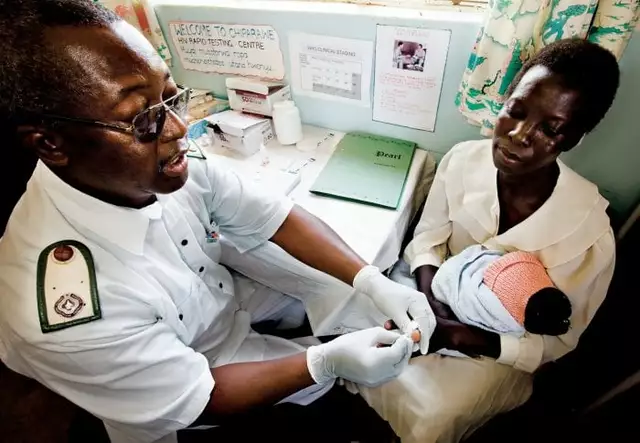Diabetic Peripheral Neuropathy: Spot Symptoms and Protect Your Feet
Numbness, tingling, burning or sharp pains in the feet can mean diabetic peripheral neuropathy (DPN). Many people shrug it off as "just nerves," but early attention cuts the risk of ulcers and infections. This page gives simple, useful steps you can use today to feel better and avoid complications.
Symptoms & When to Act
Typical signs include reduced feeling in toes or feet, pins-and-needles, balance problems, cramps, or throbbing pain at night. You might notice cuts or blisters you don’t feel. If you have any of these, tell your clinician—especially if you also have high blood sugar, numbness that gets worse, or a foot sore that won’t heal. Don’t wait for severe pain or visible wounds; early exams and simple tests can catch problems sooner.
Your doctor may check reflexes, light touch, vibration, and muscle strength. They’ll also inspect your feet for dry skin, cracks, calluses, or poor blood flow. Sometimes blood tests or nerve studies are needed. Getting a clear diagnosis helps target treatment and prevent avoidable problems.
Everyday Care and Treatment Options
Start with blood sugar control. Consistent glucose levels slow nerve damage. Small wins count: stick to meds, log readings, and talk to your provider about targets that fit your health. Foot care matters every day—wash and dry feet gently, moisturize (not between toes), trim nails straight across, and check for red spots or sores. Wear well-fitting shoes and never walk barefoot.
Pain relief choices include over-the-counter options and prescriptions. Doctors often try gabapentin or pregabalin, and duloxetine is another common choice for painful neuropathy. Topical treatments like lidocaine patches or capsaicin cream can help localized pain. Discuss side effects and interactions with your provider—what helps one person may not suit another.
Physical therapy and simple home stretches improve balance and reduce falls. If numbness affects walking, a therapist can recommend exercises and shoe inserts. For severe pain, nerve or pain clinics offer more options, such as nerve blocks or specialized medications. Depression and sleep problems often come with chronic pain; treating those makes a big difference in daily functioning.
Preventive steps are cheap but effective: schedule regular foot exams, quit smoking (it reduces circulation), manage blood pressure and cholesterol, and aim for a healthy weight. Small lifestyle changes—short daily walks, a plate of vegetables, cutting back on added sugar—add up fast.
If you notice any open sore, spreading redness, swelling, or fever, seek medical care right away. Quick treatment prevents deep infections and hospital stays. For ongoing questions or to find helpful articles on medications, foot care, and coping strategies, browse related posts on this tag page. Practical steps now save you pain and complications later.
Hey guys! Ever wondered why your diabetic uncle seems to wobble like a weeble? Well, it's not because he's trying out for a circus act, it's likely due to Diabetic Peripheral Neuropathy (DPN). This tongue-twister of a condition can cause balance issues because it damages nerves in the feet and legs. This nerve damage can lead to a loss of sensation, making it tricky to keep upright! So, next time you see uncle bobbling, you'll know it's not a secret talent, but something he's courageously managing.
View Details

